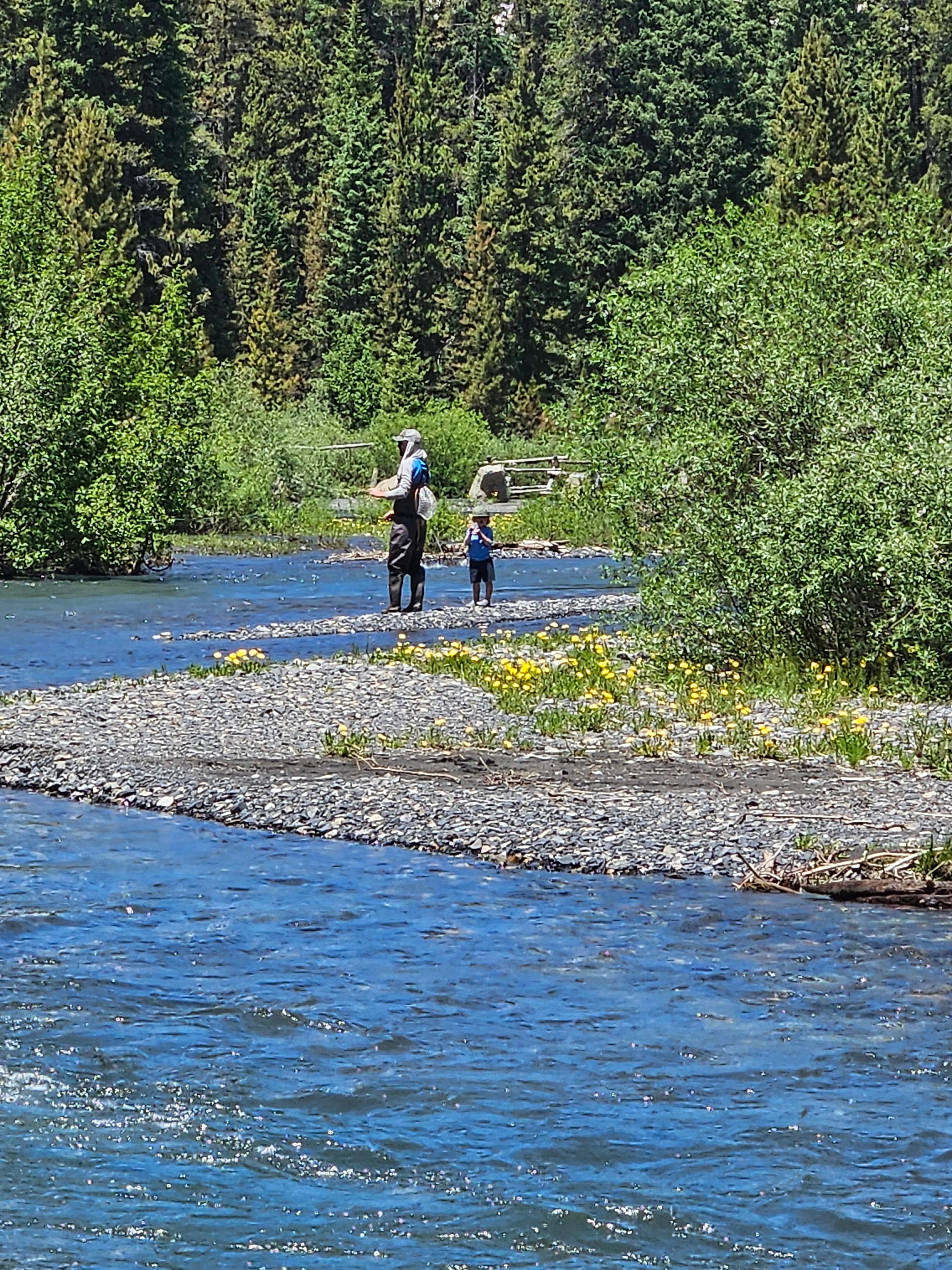Discover the effectiveness of using 'Trash Flies' in fly fishing and how they can help you catch more fish.
Trash Flies: A Comprehensive Guide for Fly Fishing
Trash flies: the fast food of the fly-fishing world—cheap, colorful, and probably made from yesterday’s mop. These little marvels are cobbled together from whatever’s lying around: mop fibers, chenille worms, nuke eggs, and even sow bug scraps. Call them “trash” all you want, but the only thing getting thrown out here is your doubt—because these quirky creations are fish magnets, proven to fill your net and boost your fishing bragging rights.
Now, before you go chucking them willy-nilly, remember: knowing your target fish’s culinary cravings is key. Each trash fly is basically an impressionist painting of something fish already love to eat. Mop flies? They channel the energy of aquatic insects. San Juan worms are the noodle impersonators of the fly box—imitating real worms or larvae as if auditioning for an underwater food network.
Deploy your trash flies with a little fishing flair—nymphing, dry fly, streamer, you name it. Nymphing? Let your fly surf the subsurface currents like a relaxed tourist. Going dry? Land it on the water and convince the fish it’s an all-you-can-eat insect buffet up top. Streamer style? Make your fly dart and dash like a snack with serious commitment issues.
Trash flies might look like DIY gone wild, but that’s their secret superpower. The oddball materials copy movements and colors that drive fish absolutely wild, especially those snacking close to the bottom. Plus, these all-purpose oddities thrive in both freshwater and saltwater—talk about a fly with range.
In short, trash flies are the secret weapon for anglers looking to increase their catch—and fish don’t mind unconventional fare. Next time you’re packing your fly box, toss in a few of these misfits. Whether you’re after trout, bass, or just a good story, you might find your fishing just got a lot more interesting.
Trash Flies: Different Varieties

Trash flies come in a wide variety of styles and patterns, each designed to imitate a specific type of food source. Here are a few examples of different trash fly varieties:
- Mop Flies: These flies are made from mop fibers and imitate small, aquatic insects such as caddisflies or mayflies. Mop flies can be particularly effective in slow-moving or still, waters where fish are feeding on the surface or just below.
- San Juan Worms: These flies imitate worms or larvae that are commonly found in freshwater environments. They are typically made from chenille or other soft materials and are most effective when fished near the bottom of the water column.
- Nuke Eggs: These flies imitate the eggs of fish and are commonly used when targeting trout or salmon during their spawning season. Nuke eggs are typically made from brightly colored materials and can be fished both on the surface or near the bottom.
- Sow Bugs: These flies imitate small crustaceans that are commonly found in freshwater environments. They are typically made from dubbing or other synthetic materials and can be fished near the bottom or drifted along the water's surface.
Trash Flies: Advanced Skills in Trash Fly Fishing
.jpg?width=500&height=500&name=New%20Amazon%20Listing%20Images%20-%20Streams%2c%20Hoppers%20and%20Dries%20(25).jpg)
While fishing with trash flies can be effective for anglers of all skill levels, there are some advanced techniques and skills that can help increase your success. Here are a few advanced skills to consider when fishing with trash flies:
- Presentation: The way you present the fly to the fish can make a big difference in whether or not they are attracted to it. Pay attention to the speed and depth of your retrieve, as well as the natural movement of the fly. Experiment with different retrieves to find the one that triggers the most strikes.
- Stealth: Fish can be easily spooked by noise and movement, so it is important to approach the water with care. Try to move slowly and quietly, and avoid casting shadows over the fish. This will increase your chances of getting close enough to make an accurate cast and present the fly effectively.
- Reading the Water: Understanding the structure and features of the water you are fishing can help you locate feeding fish and determine the best areas to target. Look for areas of current, underwater structure, or other features that may attract fish. By reading the water, you can increase your chances of finding fish and presenting your fly in the most effective way.
- Fly Line Control: Having good control over your fly line can help you make accurate casts and present the fly in a natural way. Practice techniques such as mending, roll casting, and line management to improve your fly line control and increase your chances of success.
By mastering these advanced skills, you can take your trash fly fishing to the next level and increase your chances of catching more fish. Remember to practice and experiment with different techniques to find the ones that work best for you and the fish you are targeting.
.png?width=300&height=100&name=Copy%20of%20Rise%20Beyond%20Logo%2012.31.24%20(300%20x%20100%20px).png)
.png)


